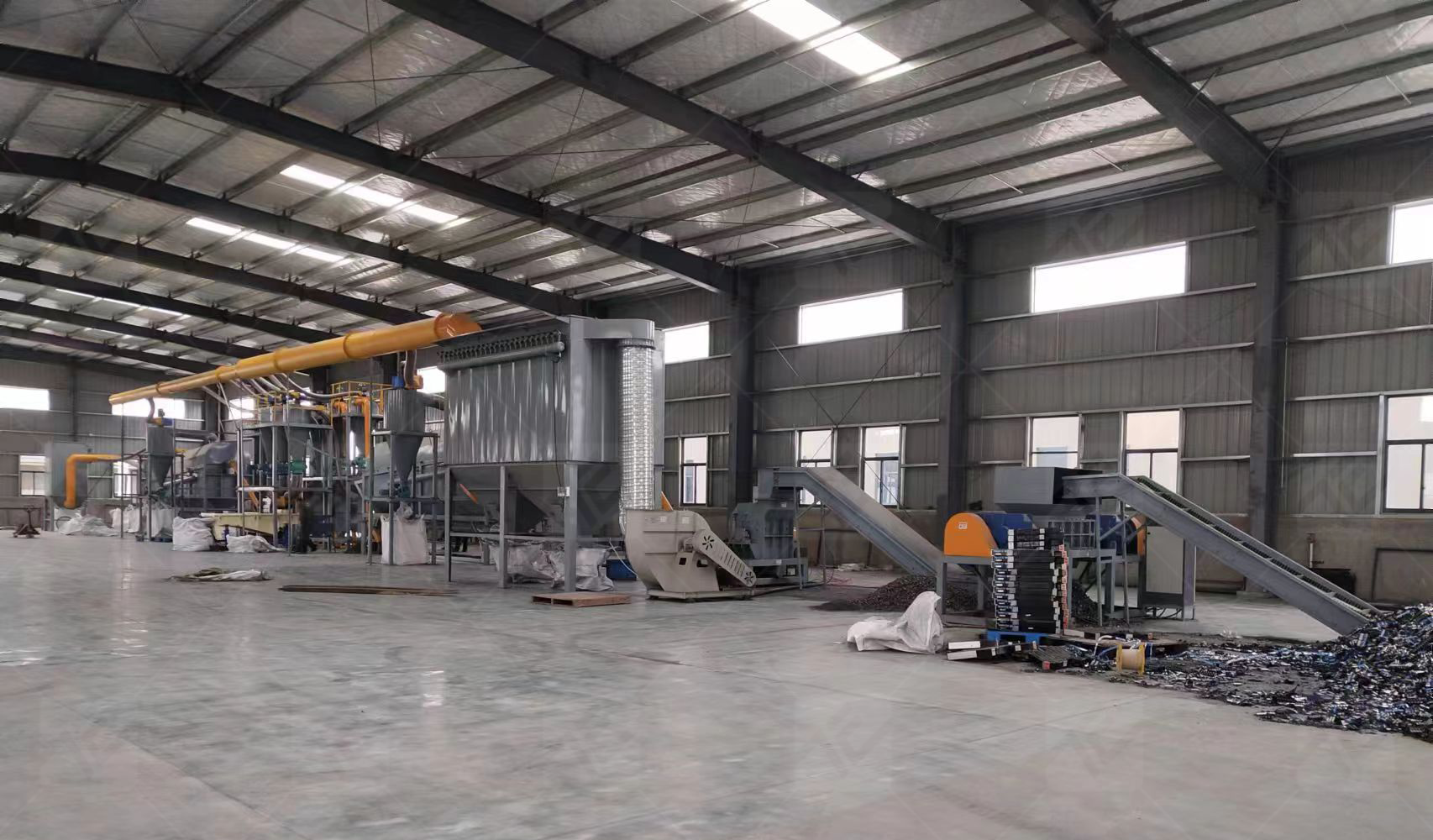
Waste lithium batteries (ternary lithium batteries, lithium iron hydrochloride batteries) can be reused and recycled. Reuse mainly refers to the reuse of some or
all components of the battery. For example, the battery shell can be recycled and used as a shell for other lithium batteries. It can also use the metal elements in
the positive and negative electrode materials of the battery for recycling. Recycling can separate and recycle the components of waste lithium batteries, and the
recovered substances are lithium, cobalt, nickel, aluminum, copper, iron and so on. And use it to produce more new batteries or other applications. The reuse and
recycling of used lithium batteries can reduce the waste of resources and reduce environmental pollution.
The process of lithium battery recycling processing equipment usually includes the following steps:
1. First of all, it is necessary to classify waste lithium batteries and separate different types of batteries, such as lithium-ion batteries, lithium
cobaltate batteries, lithium titanate batteries, etc.
2. Then, perform AC electrostatic separation to separate the metals, non-metals and electrolytes in the waste lithium battery.
3. Then, magnetic separation and gravity separation are carried out to effectively separate large blocks of cobalt, copper, aluminum, titanium, nickel and other metals.
4. Pulverize the waste lithium battery remains to get smaller materials and more area, making it easier to deal with in the subsequent process.
5. Finally, chemical reaction, hydrometallurgy and other technical processing, extraction of lithium, cobalt, nickel and other valuable metals, for remanufacturing batteries or commodity sales.
At the same time, the corresponding waste is classified according to the standard of hazardous waste for resource utilization or safe disposal.
These steps are not necessarily strictly in order, and may result in different treatment methods for different used lithium batteries.
Copyright © Henan Toeco Machlnery Co., Ltd. All Rights Reserved